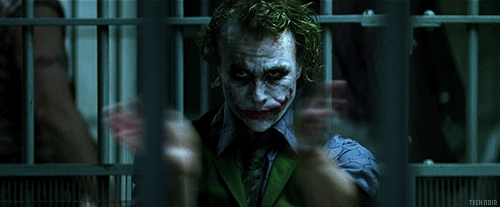Can I reuse my PSU's fan?
7 minutes ago, IAmAndre said:
Alright good to know. Now I'm just curious, how could these capacitors injure me even with the PSU unplugged? Also I realized that this PSU was getting a bit noisier than usual and when I replaced I was barely able to touch it because there was too much static electricity. I tried everything from pressing the PC's power button to touching the case. I also noticed a lot of static electricity on the hard drives and the motherboard. I ended using the bubble wrap that came with it to take it off. Any idea why that happened?
All modern power supplies should have discharge mechanisms, which automatically discharge capacitors within a few seconds from the moment the power supply turns off, down to save levels (typically below 20-40v)
However, very rarely the psu may not have this discharge mechanism working or may not have a discharge mechanism at all, in which case those capacitors can remain charged for a long time.
Still, primary capacitors are typically insulated (plastic sticker on top, plastic sleeve on the capacitor) so really only way you'd zap yourself would be by touching the pins on the other side of the circuit board.
So chances are pretty small you would accidentally zap yourself.
Main thing... NEVER ever work on a power supply while the power cable is plugged in.
As for the fan, on a lot of power supplies there's no connector, the wires of the fan are soldered directly onto the circuit board, so yeah... you could open the power supply but reusing the fan would be a bit difficult, as the fan has no connector. Of course, you could buy a molex to fan header adapter cable and cut the wires in the middle and attach the fan wires but that's an extra cost.
About static electricity ... it's either static electricity from you getting charged with static electricity (by rubbing socks on carpet or rubbing clothes on chair or something like that) or it could be ac leakage from the power supply (which is intentional and safe, but if everything is right you shouldn't feel it).
In case of the 2nd possibility, that could be a sign you don't have a working earthing in your outlets, or that you plug your pc or extension cord into an outlet that's not earthed/grounded properly.
Computers need to be grounded, so please check that and if you're not using grounded outlets / sockets / whatever you want to call them ... stop that


.png.255947720031a641abdac78e663b681c.png)














Create an account or sign in to comment
You need to be a member in order to leave a comment
Create an account
Sign up for a new account in our community. It's easy!
Register a new accountSign in
Already have an account? Sign in here.
Sign In Now